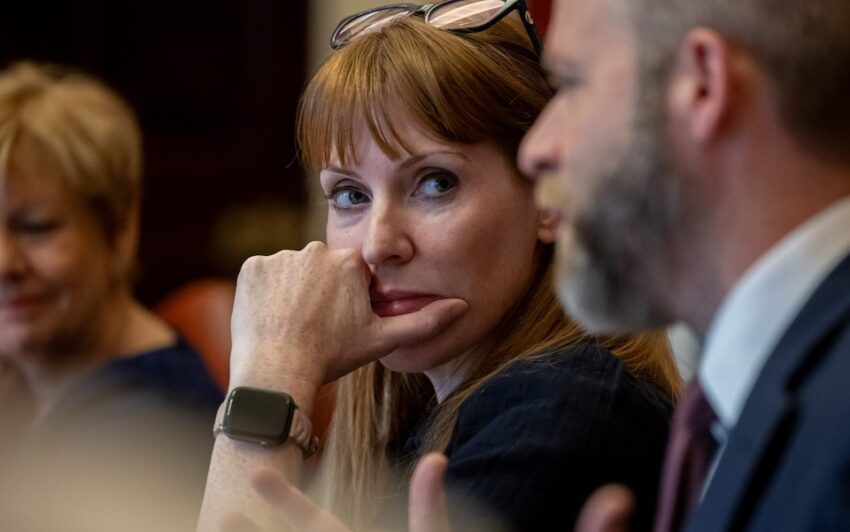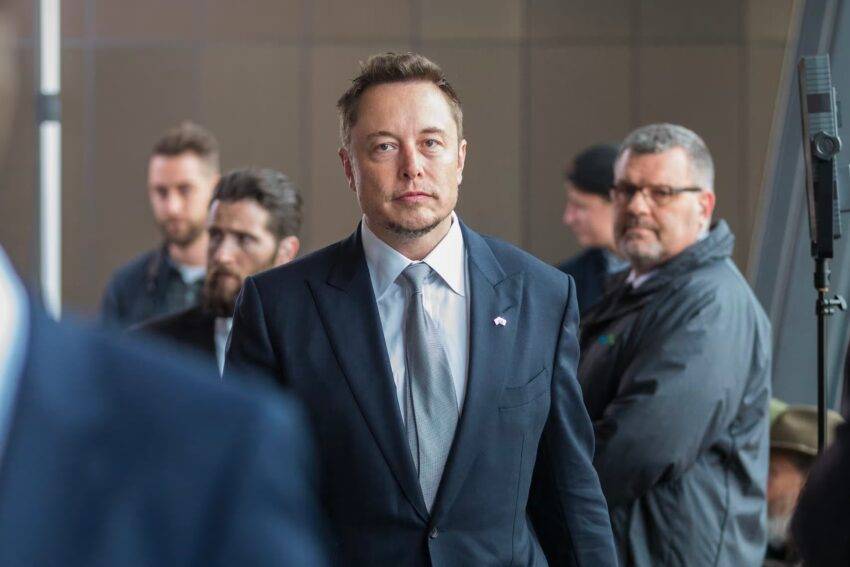China helps Russia pull ahead in lethal drone war race with Ukraine
KYIV — Russia is catching up to Ukraine in drone production thanks to greater financial resources, production lines far from the front lines and especially help from China, a senior Ukrainian official told POLITICO.
“Chinese manufacturers provide them with hardware, electronics, navigation, optical and telemetry systems, engines, microcircuits, processor modules, antenna field systems, control boards, navigation. They use so-called shell companies, change names, do everything to avoid being subject to export control and avoid sanctions for their activities,” said Oleh Aleksandrov, spokesperson for the Ukrainian Foreign Intelligence Service. “Yet officially, China sticks to all the rules. Yet only officially.”
Beijing has repeatedly denied supplying any drones or weapons components to Russia, calling Ukrainian protests “baseless accusations and political manipulation.” But Aleksandrov said Russia has a critical dependency on the supply of Chinese spare parts for both tactical and long-range drones.
That is allowing Russia to erode Ukraine’s lead in drone technology and production — something that helped keep Ukraine in the fight at times when it was suffering from ammunition shortages and slow weapons deliveries from its allies.
Drones replace shells
Pavlo Palisa, a former top military commander and now deputy head of Ukrainian President Volodymyr Zelenskyy’s office, said in a statement that so far this year, 80 percent of the damage to Russia’s equipment and personnel has been done with drones. In May alone, Ukrainian drones destroyed 89,000 Russian targets.
Ukraine managed to claim leadership in drone warfare in the first years of war, producing up to 1 million tactical drones in 2024 and aiming to produce 2.5 million tactical and 30,000 long-range strike drones in 2025.
But Russia is catching up.
Ukraine produces about 100 long-range drones a day, while Russia has managed to scale up production to 300 a day and is aiming for 500, Zelenskyy told journalists in Kyiv last week.
Russian drone producers managed to boost long-range drone production from 15,000 in 2024 to more than 30,000 this year, as well as up to 2 million small tactical drones, said Aleksandrov.
“The enemy is copying the experience of the Ukrainian Defense Forces and is actively scaling its unmanned units. Therefore, we must maintain the pace of development and constantly increase our capabilities to be one step ahead,” General Oleksandr Syrskyi, the Ukrainian army’s top commander, said in a statement last week.
Zelenskyy claimed that Russia has far more financial resources and also has access to Chinese technology, such as its DJI Mavic drones, originally developed for the civilian market but widely used by both militaries in the war.
“They are so cheap and effective, they are used daily as artillery shells,” Zelenskyy said, adding that dozens of producers in Ukraine are working on updated versions of the Mavic.

However, Kyiv says that its access to new drones has been curtailed by China, while Beijing has placed no such restrictions on Russia.
“The Chinese Mavic is open to the Russians, and it is closed to the Ukrainians. They simply closed it for Europe and for Ukraine, including for the EU. And for the Russians, there is still an opportunity to buy drones on the Chinese market,” Zelenskyy said.
Tech race
Ukraine is responding by scaling up the production of recently developed interceptor drones, used to bring down Russian drones.
“We are spending a lot of money. We are spending more today than we planned. Because everyone is developing. Russians are developing, and our new technologies are emerging. But we have a positive way out of the race if we find more financing,” Zelenskyy said, calling for Kyiv’s allies to invest more in Ukraine’s defense industry.
Ukraine is also turning to unconventional methods such as the spectacular operation in which it smuggled drone launchers into Russia to hit airfields housing tactical bombers.
But Russia is keeping pace.
Moscow is turning to drones operated by fiber optic cable instead of by radio signals, which makes them immune to electronic countermeasures. By using them the Kremlin was able to largely destroy Ukraine’s logistical routes in Russia’s Kursk region, and succeeded in pushing out most Ukrainian troops from the territory they had seized in last year’s surprise offensive.
Ukrainian troops used to be able to spot conventional Russian drones as soon as they took to the sky, but that’s much more difficult with drones run through fiber optic cables. “So we have to use different acoustic and other means to trace those drones,” said Andriy, the army commander.
Russia is also doing a better job of jamming Ukraine’s drones.
“Russians are scaling up not only the production of drones but also the means of radio electronic warfare,” Andriy said, adding: “At our part of the front, radio frequencies change every two weeks. So, when the state supplies us with drones, only about 20 percent of them are usable. We constantly have to spend additional funds and time to reconfigure those drones.”
Russia is producing its long-range drones at its own version of Silicon Valley, a special economic zone in Alabuga, Tatarstan, where it has concentrated production lines for Iran’s Shahed drones, also known as Geran in Russia. The Kupol plant in Izhevsk, 1,800 kilometers northeast of Ukraine, produces long-range Garpiya drones. In addition, major drone production lines are in the Moscow region, Ekaterinburg, St. Petersburg and elsewhere.
“They aim to produce about 30,000 long-range drones of those types plus 30,000 false target drones they use to exhaust Ukrainian air defenses in 2025,” Aleksandrov said. “As for the FPV drones, Russians are aiming to produce a whopping 2 million of them in 2025.”
That’s increasing pressure on Ukraine to counter the surge in both the quantity and quality of Russian drones.
“In this war of drones, only the most dynamic side will win,” said Andriy, the drone commander.




















:quality(85):upscale()/2023/10/03/668/n/1922283/1f15c8a9651c2d209e5eb5.32783075_.jpg)
:quality(85):upscale()/2025/08/14/650/n/1922283/470aeb83689df49cdc1bb6.14084110_.jpg)
:quality(85):upscale()/2025/08/13/775/n/1922283/3c0cbead689ccd0c422644.10221678_.png)
:quality(85):upscale()/2025/01/08/844/n/1922398/cde2aeac677eceef03f2d1.00424146_.jpg)
:quality(85):upscale()/2025/07/10/708/n/1922398/8fe2782e686fe372b38bf8.29984296_.jpg)















